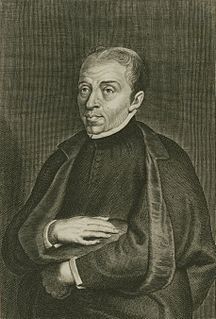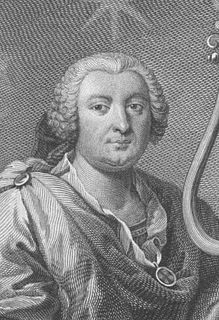 W
WFrancisco António de Almeida was a Portuguese composer and organist.
 W
WBarbara of Portugal was an Infanta of Portugal, and a Queen of Spain by marriage to Ferdinand VI of Spain.
 W
WJohn IV, nicknamed John the Restorer, was the King of Portugal whose reign, lasting from 1640 until his death, led to the Portuguese "restoration" of independence from Spanish rule. His accession established the house of Braganza on the Portuguese throne, and marked the end of the 60-year-old Iberian Union, by which Portugal and Spain shared the same monarch.
 W
WDuarte Lobo was a Portuguese composer of the late Renaissance and early Baroque. He was one of the most famous Portuguese composers of the time, together with Filipe de Magalhães, Manuel Cardoso, composers who all began their academic studies as students of Manuel Mendes. Along with John IV, King of Portugal, they represent the "golden age" of Portuguese polyphony.
 W
WJoão Lourenço Rebelo, or João Soares Rebelo was the only Portuguese composer to adopt the Venetian polychoral style. Despite his closeness to the king John IV of Portugal (1603–1656), and despite what is traditionally said, Rebelo never held any office in the royal household.
 W
WJosé Joaquim dos Santos was a Portuguese music teacher and late Baroque-period composer who specialised in writing sacred music. He was listed by two authors as being among Portugal's "most outstanding eighteenth-century composers."
 W
WJosé António Carlos de Seixas was a pre-eminent Portuguese composer of the 18th century. An accomplished virtuoso of both the organ and the harpsichord, Seixas succeeded his father as the organist for Coimbra Cathedral at the age of fourteen. In 1720, he departed for the capital, Lisbon, where he was to serve as the organist for the royal chapel, one of the highest offices for a musician in Portugal, a position which earned him a knighthood. Much of Seixas’ music rests in an ambiguous transitional period from the learned style of the 17th century to the galant style of the 18th century.
 W
WDom Teodósio, Prince of Brazil, Duke of Braganza was the heir-apparent son of John IV of Portugal and his wife Luisa de Guzmán. In 1645 he was given the title of Prince of Brazil, a new crown-princely position thus created. Also, his father granted him the duchy as 10th Duke of Braganza, presumably after his uncle Duarte died in 1649.